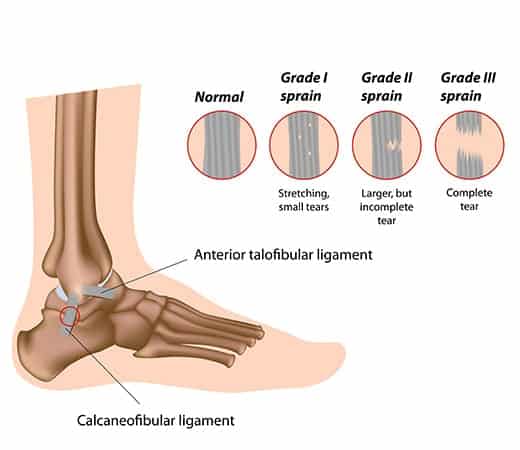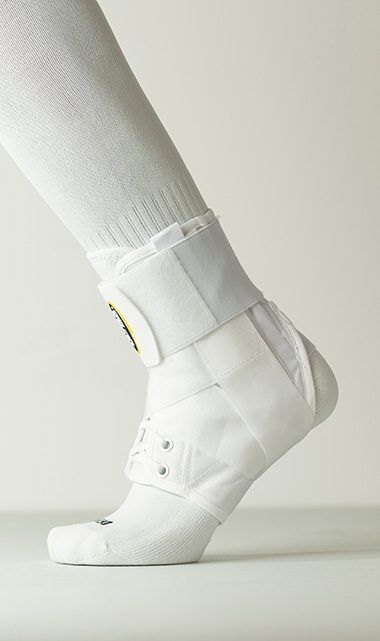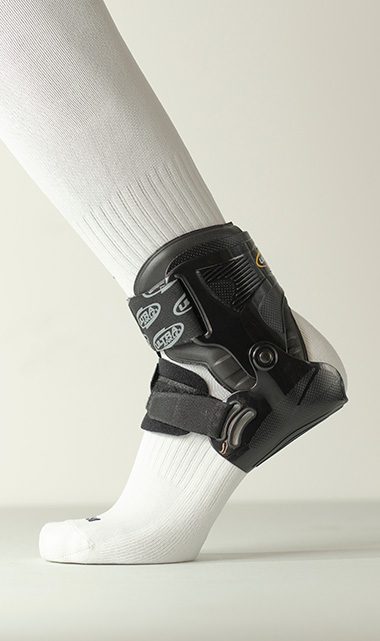“Our daughter, who plays Middle & Outside Hitter partially tore her lower tendon & a few ligaments during a volleyball scrimmage & was ordered by the orthopedic doctor to wear a boot for at least 6 weeks, missing over half of her travel volleyball season. We had heard about an ultra ankle brace from my husband’s prosthetist and checked out your website. We ordered an Ultra CTS brace and she started to use it at week 3 after her injury. She was not able to jump, but it did help keep her practicing with her teammates instead of just sitting on the bench. We were so pleased with the CTS brace, that we went ahead and ordered two of the Ultra Zoom braces for her to wear on the uninjured ankle for now, and on the injured ankle, after it heals completely. We have been VERY pleased with the performance of both braces!”
Rachel T.




